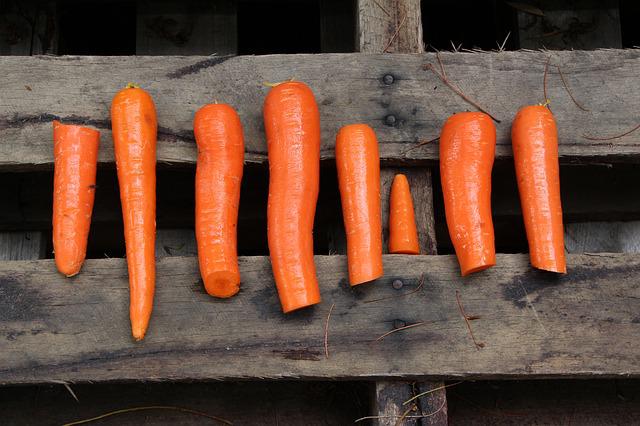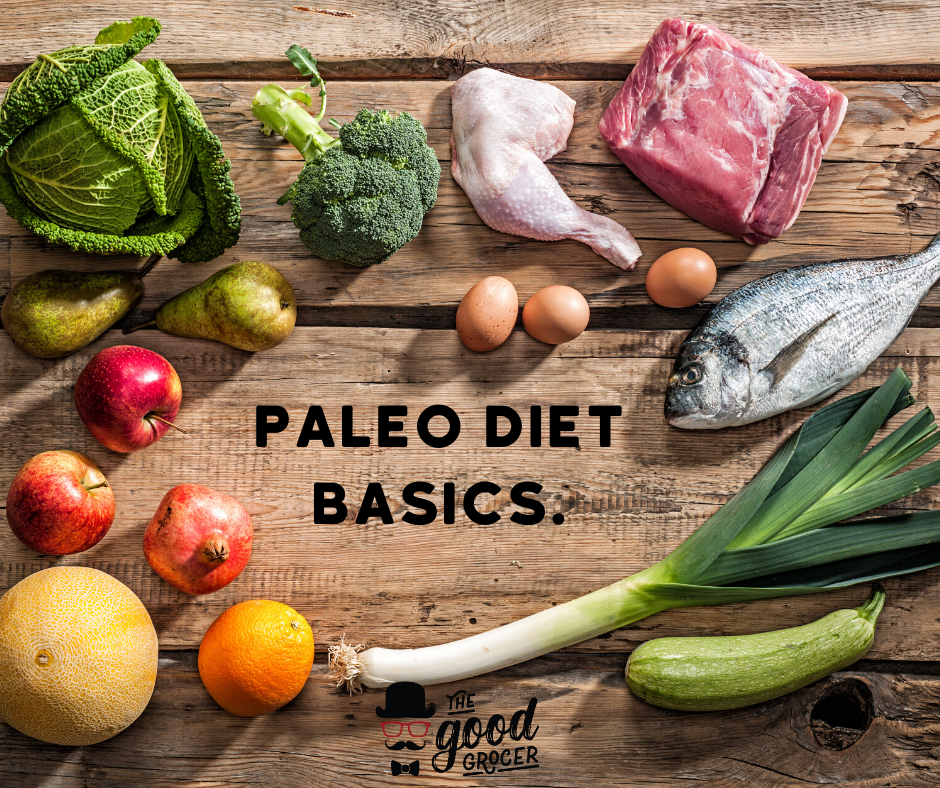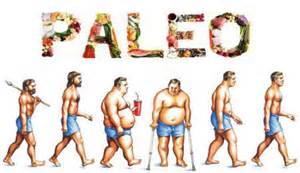
The DASH diet has been a very popular weight loss method. This diet follows the Mayo Clinic principles. While this diet has many benefits, it is not for everyone. This article will talk about the DASH diet as well as the best foods to avoid. We also discuss the costs associated with the DASH diet. Continue reading to learn more.
Health benefits of a DASH diet
The DASH diet is a good choice for anyone looking to lose weight. The DASH diet requires specific amounts of each food group, and is calorie-based. Whole grains include whole wheat bread, breakfast cereals, and whole wheat bread. All vegetables, such as lettuce and tomatoes, are also permitted. Those on the DASH diet should limit their sodium intake to less than two hundred milligrams per day.
When you are preparing meals, make sure to include plenty of vegetables and fruits. You should choose lean protein sources such as chicken or fish and reduce your consumption of red meat. You should choose fat-free dairy over red meat. Stick with lean protein sources. DASH diet is all about limiting saturated fats, and sugar. Another option is low-calorie beverages.
DASH diet foods

DASH is a diet that emphasizes vegetables, fruits, whole grains, and legumes. The DASH diet also restricts red and processed meats, as well as sugar and salt. It is generally low-fat. DASH is a diet that restricts red meat, processed meat, and other animal products. The DASH diet is the best for best results. Even if your DASH diet is working, there are several things you can do to adapt it to your needs.
The DASH diet lowers blood pressure. This is a measure of the force exerted upon the blood vessels and organs. It can be divided into two numbers: the Systolic Pressure, which is the pressure at the heart beating, and the Diastolic Pressure, which is pressure in the blood vessels between heartbeats. This diet is great for those who have high bloodpressure.
DASH diet food list
When following the DASH diet, there are certain foods you should avoid. Although most adults have blood pressures less than 120/80, those with high blood pressure are considered high. High blood pressure is defined as someone with blood pressures above 140/90. The DASH Diet has been proven to lower blood pressure.
Processed food is something you should stay clear of when adhering to the DASH Diet. Processed foods are often high in sodium. Fresh foods contain less sodium and more nutrients. Look out for foods low in sodium in the supermarket's outside aisles. These foods include fresh fruits and veggies, low-fat dairy products and nuts. You should avoid processed foods as much as possible and choose fresh fruit and vegetables.
DASH Diet Costs

The DASH diet is a key step to a healthier lifestyle. DASH means making several changes to your diet. You'll eat lots of fruits and vegetables as well as high quality protein. You can also substitute whole grains for refined grains. You can also choose fat-free butter instead of butter, and lean meats and fish. Limit your intakes saturated fats and added sweeteners. You can also choose to drink water and low-calorie drinks in place of sodas.
If you have high blood pressure and want to lower it, you might consider the DASH diet. This diet will lower your systolic blood pressure by around 4 milligrams and your diastolic blood pressure will drop by about two milligrams. DASH is a diet that emphasizes fruits, vegetables, and lean proteins. It also avoids red meat and processed food. It's also low in fat, which may lower your chances of suffering from stroke and cardiovascular disease.
FAQ
How do I get hired as chef?
A culinary arts degree is the first step to a career as a chef. Next, join a professional organisation such as ACF. The ACF offers certification exams and networking opportunities.
What should a beginner chef learn?
For beginners, it is best to begin with something simple like pasta, rice or soup. If you want to learn how to cook, go for a recipe book or YouTube video. Cooking with others is more enjoyable. Enjoy cooking with your family, friends, or both.
What is the minimum requirement to become a chef?
No. No. Some went to culinary school simply to gain experience. Culinary school is preferred by most chefs because they have more opportunities to grow and learn. Culinary schools provide hands-on training that helps students develop valuable skills and enhance their culinary knowledge.
How do you store leftovers best?
Tupperware containers are a good choice for leftovers. These containers are great for keeping food fresh and preventing odors from growing. These containers keep food warm for longer periods of time. Freezer bags can be used to freeze any leftover food. You can freeze leftover food by placing it in another freezer bag. This will prevent any air from escaping. Once the food has been frozen, transfer it into an airtight container such as a zip lock bag.
Where can I find free online cooking lessons?
Many websites offer cooking lessons for free. YouTube is a great place to search for cooking videos. You may have access to thousands upon thousands of recipes on some websites. The sites typically charge a monthly fee but you can test them for free for a period of 30 days.
What is the cost to study culinary arts?
It is not easy to find a culinary arts degree that costs less than $40,000. For example, a 4-year degree costs about $40,000. A two-year associate's level degree can cost less than $5,000. Tuition rates vary depending on what program you choose. The prices charged by private institutions are generally higher than the public.
Statistics
- The median pay for a chef or head cook is $53,380 per year or $25.66/hour, according to the U.S. Bureau of Labor Statistics (BLS). (learnhowtobecome.org)
- According to the BLS, chefs earn $58,740 a year. (learnhowtobecome.org)
- under 10 Kids have been taught that there is special food just for them, and Fiese says that 10 percent of kids will throw a tantrum if they don't get the food they want. (washingtonpost.com)
External Links
How To
How to make the perfect omelet
Omelets are my favorite breakfast dish. But how do they turn out so perfectly? I've tried many different methods and recipes, but none of them seem to work! Today, I'd like to share some tips with you in order to make delicious and fluffy omelets every day.
We should first know that eggs are very temperamental ingredients when making omelets. Eggs must be purchased fresh, preferably organic, and kept chilled until ready for cooking. They must be kept cool, otherwise the whites will not form properly and the yolks may become runny. Your omelets will look strangely colored if this happens. It is best to use room-temperature eggs if you are going to cook them right away.
You can also separate the egg before you add it to the pan. Because this could cause your omelet to become curdled, you don't want any yolk to be mixed with any white.
You could end up burning the bottom half of the egg if the egg is added directly to the heat source. Instead, heat the egg for 10 seconds in the microwave before placing it in the pan. The microwave heat will cook the egg just right without making it too hot.
Next, let's talk about mixing the eggs. You want to mix the eggs thoroughly before you add them. Turn the bowl upside down and grab the whisk to do this. Next, shake the bowl vigorously. By doing this, the egg is thoroughly mixed with the air in the bowl.
Now it's time to have fun: pour the milk into the mixture. Mix half of the milk with the eggs. Then fold the eggs in half into the remaining milk. You don't need to worry if streaks remain. They will disappear once you flip your omelet.
After you have folded your eggs, heat up the oil on medium heat. Wait for it to get hot. Once the oil has gotten hot, add 1/4 cup of butter and swirl it around so that the entire pan is coated. The lid should be carefully opened. Sprinkle salt in the pan. An additional pinch of salt will prevent the omelet form sticking to your pan.
Once the omelet has formed completely, cover the pan and let it set for a few minutes. Flip the omelet with a spatula, or flip it upside down. Cook the other side for another minute or two. Serve immediately after removing the omelet from its pan.
This recipe works best when you use whole milk.